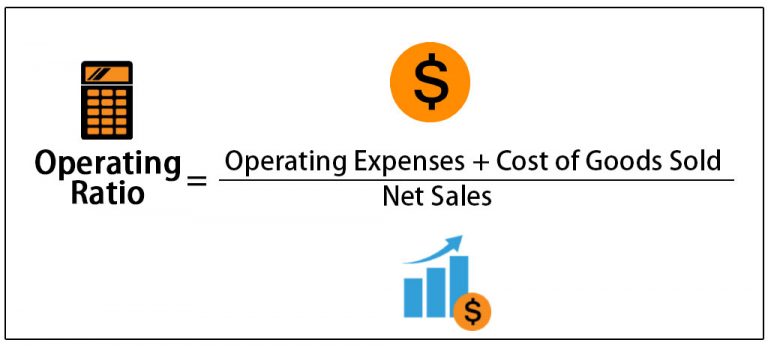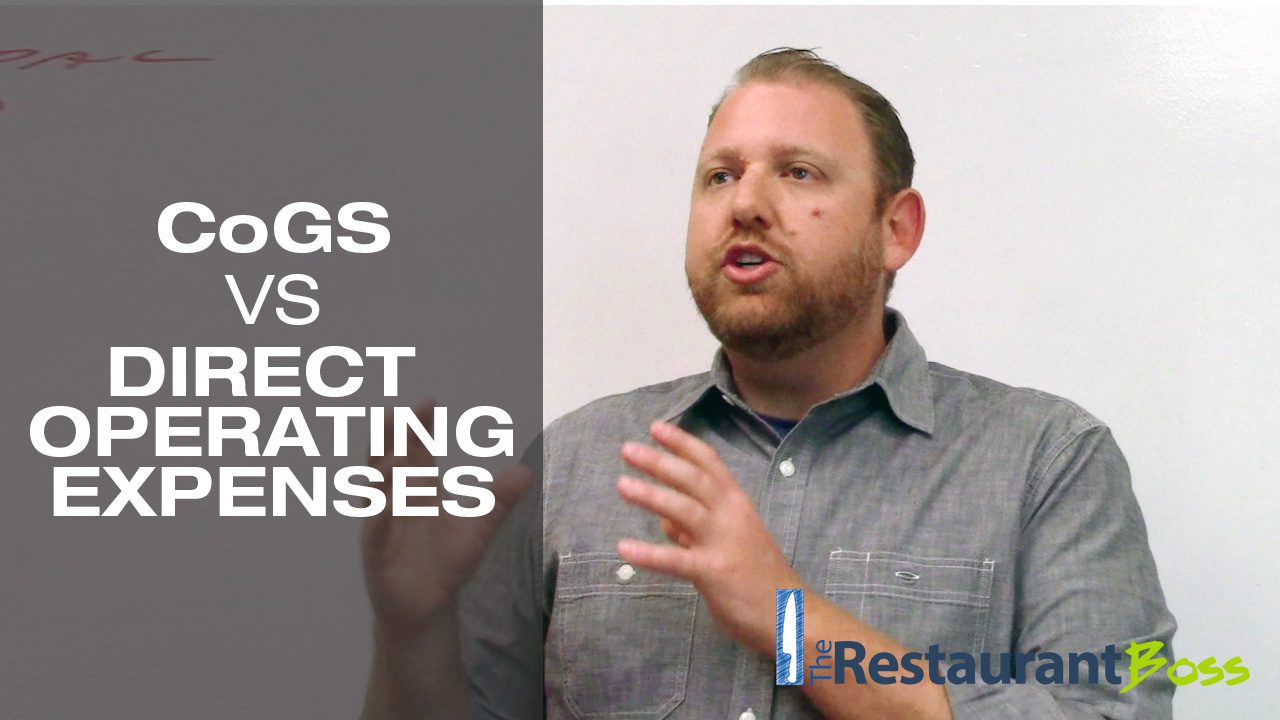



Let’s assume that your business uses the calendar year to record inventory. Next, subtract the ending inventory (or everything that has yet to sell) to show only what was sold during the period. Next, add the cost of any new inventory that was purchased during the year-that gives us the total cost of inventory for the year. If you’re calculating COGS for the year, your beginning inventory essentially means everything you were left with at the end of the year before. Since we only want to calculate the cost of the merchandise that was sold during the current period, we have to start with beginning inventory. The time period may be one year, one quarter, or even one month.Ĭost of Goods Sold = Beginning Inventory + Purchases – Ending Inventory To calculate COGS, first add purchases for the period to beginning inventory, then subtract ending inventory from that number. Check out the 36 other accounting terms we think business owners should know. A retailer that purchases clothing from a wholesaler will charge the end consumer a markup, but the cost of purchasing the inventory before it’s sold to the end consumer counts as COGS.ĬOGS is important, but there’s more to learn. Marketing costs, rent, electricity, and shipping fees would not be included since they didn’t directly contribute to the construction of any chairs or tables.īusinesses that don’t physically build or produce products like furniture can still calculate COGS. While some overhead expenses do relate directly to the production of items sold, this does not include indirect expenses like utilities, marketing, or shipping expenses.įor example, if you have a furniture-making company, COGS could include items such as fabric, wood, screws, paint, and labor. These costs are used to manufacture or purchase products that are sold to customers. In other words, it’s the amount of money a company spends on labor, materials, and certain overhead costs. Simply put, COGS is the cost of producing a product or service. Cost of goods sold (COGS) is also referred to as costs of sales or costs of services.


 0 kommentar(er)
0 kommentar(er)
